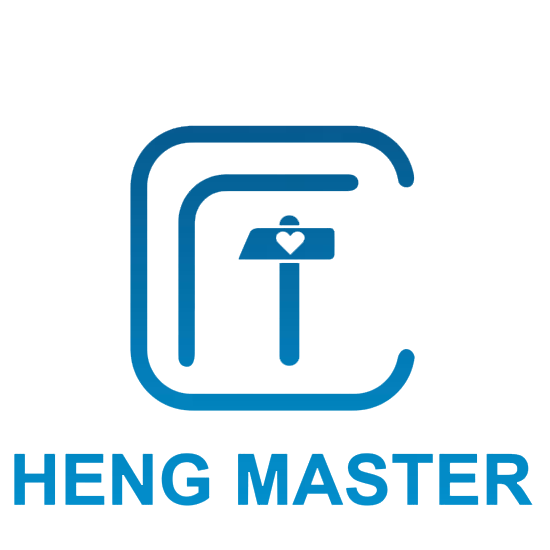On December 19, 2024, the European Parliament and the Council formally adopted theRegulation on Packaging and Packaging Waste (EU) 2025/40(hereafter "PPWR"). Following its official publication on January 22, the regulation came into effect on February 11, 2025, marking a landmark regulatory update in the EU's packaging sector. Centered on "full-value-chain green transformation," the new regulation not only comprehensively bans the use of PFAS substances in food-contact materials but also sets strict and clear transition requirements for recycled content in packaging materials and industry development pathways, driving the global packaging industry to accelerate its shift toward a circular economy.
I. Key Milestones and Core Tasks (by 2040)
Focused on packaging waste management, PPWR establishes critical milestones for 2025–2040, laying out a "green roadmap" for EU member states and industries:
2025 Year-End Targets: Member states must achieve a 65% recycling rate for packaging waste (by weight), with material-specific goals—25% for wood, 50% for aluminum/plastic, 70% for ferrous metals/glass, and 75% for paper and cardboard—to build a differentiated recycling system. Concurrently, they must submit a "negative substance list" to the European Commission and the European Chemicals Agency to identify chemicals hindering packaging reuse and recycling. Additionally, member states may exceed the default 2018 baseline year and independently select a more realistic statistical benchmark for "per capita packaging waste reduction" to flexibly align with waste reduction objectives.
II. Sustainable Packaging Technology and Management Requirements
PPWR establishes lifecycle green standards across reduction, recycling, and reuse dimensions to reshape industry rules:
Gradual Reduction Targets: A "step-by-step reduction" approach will drive industry downsizing, with packaging usage reduced by 5% by 2030, 10% by 2035, and 15% by 2040, compelling enterprises to optimize design at the source and eliminate excessive packaging.
Recyclability Mandates: Except for special materials like lightweight wood and cork, all packaging must meet recyclability standards by 2030, accompanied by an A–C rating system (A: 95%, B: 80%, C: 70% recyclable content). Packaging with less than 70% recyclability will be banned from the market, pushing design toward "easy recycling and high circularity."
Dual Evaluation for Plastic Packaging: Recycling rates and recycled content will be tracked in parallel. Plastic packaging recycling must reach 50% by 2025, rising to 55% by 2030. Recycled content targets are "scenario-specific"—65% for single-use plastic beverage bottles, 50% for PET sensitive-contact packaging, and 65% for other plastic packaging by 2040—reshaping the value chain of the plastic industry.
Upgraded Beverage Container Recycling: By 2029, 90% of single-use plastic/metal beverage containers with a capacity ≤3 liters must be separately recycled via deposit-return systems or equivalent models, enhancing end-of-life recycling efficiency and closing the loop from consumer to recycling.
Transparency Requirements: Packaging must clearly label material composition and recycled content, empowering consumers to sort waste and make green choices while establishing an information chain across "production-consumption-recycling."
Restrictions on Single-Use Plastics: Targeted control of "small-package waste" will limit pre-packaging of fruits and vegetables under 1.5 kg and single-use plastic packaging in hotels and food services, reducing plastic waste in high-frequency usage scenarios.
Reuse Obligations: Mandatory reuse targets will be set by 2030: 40% for transport/sales packaging and 10% for composite packaging. Food delivery businesses must offer "bring-your-own-container options," driving a shift from "single-use" to "circular-use" models.
III. Regulatory Impact and Industry Transformation Directions
With "circular economy transition" as its underlying logic, PPWR reshapes the global packaging industry ecosystem through dual drivers of "standard enforcement + market guidance":
Within the EU: It accelerates the elimination of outdated production capacity, pushes packaging enterprises to transform toward green design, high-value recycling, and circular utilization, and cultivates a group of full-chain sustainable packaging service providers.
In the Global Market: The mandatory standards will trigger a "green ripple effect." Packaging products exported to the EU must fully comply with the new regulations, forcing supply chain upgrades and accelerating the commercialization of green innovations such as bio-based materials and smart recycling technologies.
In the long term, PPWR is not only the EU’s "solution" to the packaging waste crisis but also a "catalyst" for the global packaging industry’s leap toward a circular economy. Only by embracing green design, establishing circular systems, and deepening innovative technologies can enterprises break through in this "ecological reshaping battle" and jointly write a new chapter in the sustainable development of the packaging industry.

 Hot News
Hot News2025-08-20
2025-07-28
2025-06-20

Copyright © 2025 by Zhejiang Hengjiang Plastic Co., Ltd. - Privacy policy